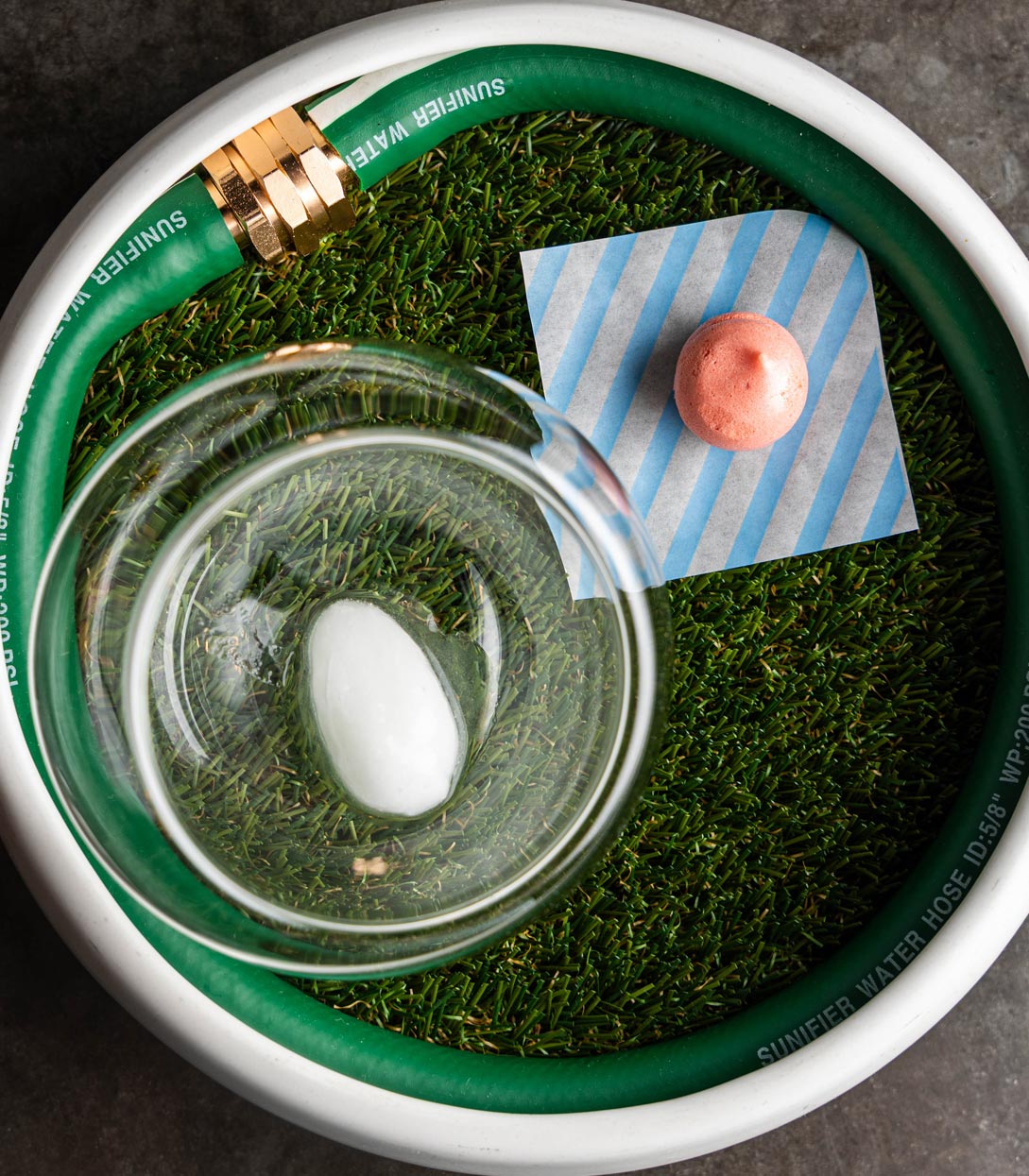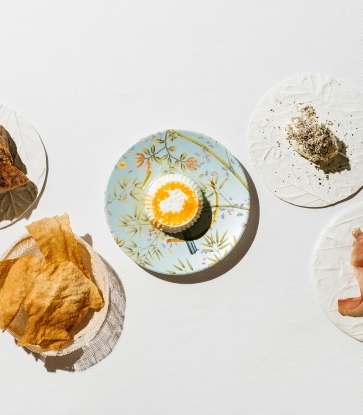We are in Croatia, in an uncontaminated area featuring virgin nature with many rivers flowing through it and making spectacular waterfalls. With continental and marine terrains, Lika is famous for its sea and fresh water fish (the trout is the region's culinary trademark), its game such as roe deer, boar and hare, Velebit honey or šljivovica (a spirit obtained from the fermentation of plums). And then there are potatoes, fruits of the forest, lamb cooked under a peka, that is an iron bell, and Škripavac, the local cheese.

Precisely this dairy product will soon be included in the list of intangible assets belonging to the cultural heritage of the Republic of Croatia: it is a soft cheese traditionally made precisely in Lika, in the villages at the feet of the Velebit (an alpine mountain range) and of Velika Kapela, in Gorski Kotar and in the region of Kordun.
It is made with cow's milk (but there are those who make a version with ewe's milk) and it used to be made by nearly all the families living in the mountains and who, for their subsistence, owned at least one cow. Nowadays, less widespread, it is made by small Croatian dairies such as the Sirana Vedrina cheese factory opened in 2019 in Lika, under Vaganski Vrh (the highest peak of the Velebit) in the village of Brezik, Medak.
Here, from approximately a hundred Jersey cows, famed for the high quality of their milk that is one of the richest in fat and protein and with the highest percentage of calcium, phosphorus, magnesium, vitamins and minerals, they make Škripavac, one of the freshest cheeses made from raw milk.
The Jersey cows are fed with hay and silage, a mixture of ground organic cereals (maize grain, bran, oats, barley and rye) and an eco-friendly mixture of minerals. The calves instead are fed with whole milk at least for their first three months and in any case substitute milk is never used.
These are the conditions for Škripavac, a cheese to be eaten within two or three days of production, which however can also be left to ripen: in the past, if any was left over, housewives smoked it and left it to dry in the air and sunshine, but due to its softness and the fact that it is not produced after a long heat treatment, the life of Škripavac never exceeds three months. The name of this cheese is a variation of the Croatian word that means “squeaking”: Škripavac has a special, very rubbery texture that “squeaks” under the action of your teeth and chewing it produces a peculiar sound.
To produce it the milk is used immediately after milking: it is heated to 37°C and natural rennet is added. It can be eaten the very day after making it. It is often eaten cut into slices with homemade bread, but it can also be grilled and added to salads and sandwiches.
A lot of restaurants use this special product in their dishes. One of them is surely the one star MICHELIN Boškinac. Its cuisine makes use of typical ingredients from the region such as fish, lamb, cheese, vegetables, olive oil and wild herbs, all prepared with a modern and creative touch.

From the pastures under the Velebit, the Sirana Vedrina farm also produces other dairy products: Kiselna, Lička Basa, Seljački cheese (cooked with various spices), smoked cheese and then fresh milk (“Varenik” in Lika), chocolate milk, solid and liquid yoghurt (the fruit version in 18 different tastes is highly appreciated), fresh cheese and cream.


Hero image: Cheese - Maja Danica Pecanic





















